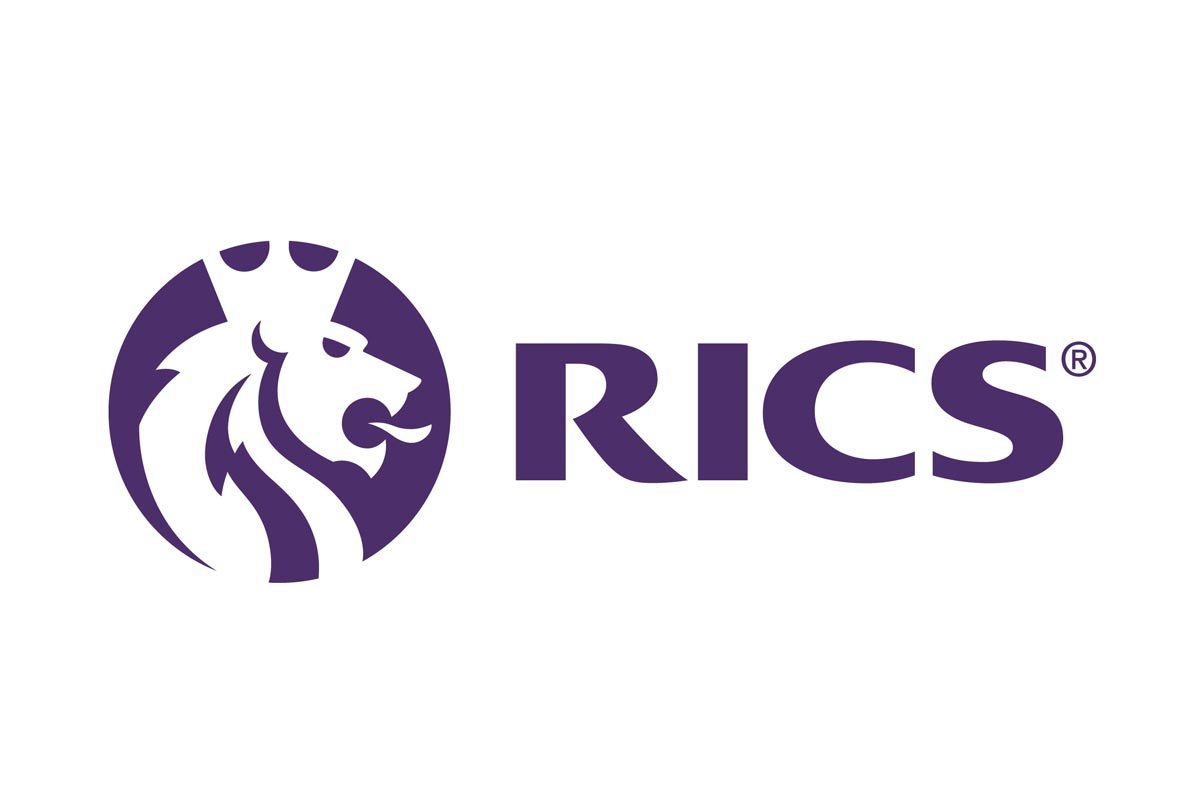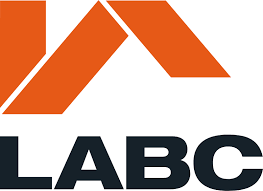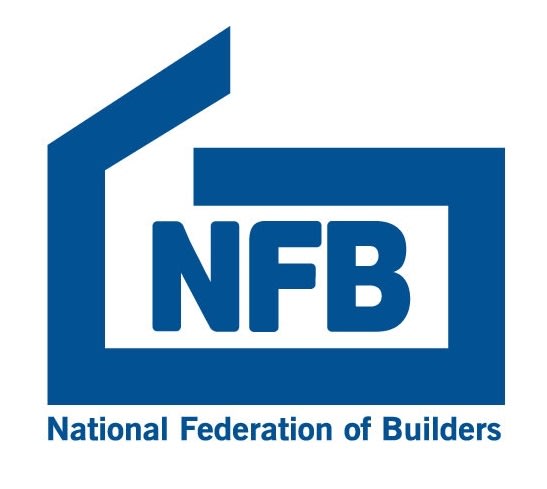Building Safety Advice Notes: Key Insights for Designers and Quality Management

The implementation of the Building Safety Act 2022 has introduced a transformative framework for improving safety and accountability within the UK construction industry. To help industry professionals navigate these new requirements, two important guidance documents—Building Safety Advice Note 5: Implications for Quality Management and Building Safety Advice Note 6: Impact on Designers—outline crucial responsibilities and compliance measures.
These advice notes offer essential insights into how the Act affects quality management systems and the role of designers in ensuring building safety. Below is an overview of their key takeaways:
Advice Note 5: Implications for Quality Management
This document focuses on the impact of the Building Safety Act on quality management processes, emphasizing compliance, accountability, and competence. Key areas include:
-
The Dutyholder Regime: The Act designates specific dutyholders (e.g., clients, principal contractors, principal designers) responsible for ensuring that buildings comply with safety regulations. These responsibilities extend across all construction projects, with additional requirements for higher-risk buildings (HRBs).
-
Competence and Skills Verification: Quality management systems must now incorporate mechanisms to verify and document the competence of professionals involved in design and construction. Standards such as PAS 8671 and PAS 8672 outline required skill sets for principal designers and contractors.
-
Mandatory Reporting & Safety Assurance: A new mandatory occurrence reporting system requires that defects and safety concerns be reported immediately, ensuring early intervention and risk mitigation.
-
Liability and Enforcement: The Act imposes severe penalties, including imprisonment, for safety breaches. It extends the period for enforcement actions against defective work from 12 months to 10 years.
To ensure compliance, firms must review and update their quality management systems, strengthen risk assessment procedures, and develop a culture of accountability through training and continuous professional development (CPD).
Advice Note 6: Impact on Designers
Designers play a critical role in building safety, and this guidance highlights their increased responsibilities under the Act. Major aspects include:
-
New Compliance Requirements: Designers must ensure that their work aligns with the Building Regulations 2010 (as amended in 2023), incorporating safety principles from the early design stages.
-
Enhanced Competency Standards: Principal designers must demonstrate competence in fire safety and structural integrity, supported by documented evidence.
-
Golden Thread of Information: Designers must contribute to the “Golden Thread”—a comprehensive digital record of a building’s design, construction, and maintenance that remains accessible throughout its lifecycle.
-
Collaboration and Accountability: A cross-disciplinary approach is essential, with designers working alongside contractors and dutyholders to ensure compliance at all project stages.
Why These Advice Notes Matter
Both advice notes reinforce the urgent need for cultural and procedural changes within the industry. The Act’s reforms demand a proactive approach to safety, emphasizing risk management, competency verification, and regulatory compliance. For industry professionals, these documents provide practical steps to adapt to the new legal landscape and uphold the highest safety standards.
By integrating these insights into daily practice, designers and quality managers can help ensure safer, more resilient buildings while maintaining compliance with the evolving regulatory framework.
















